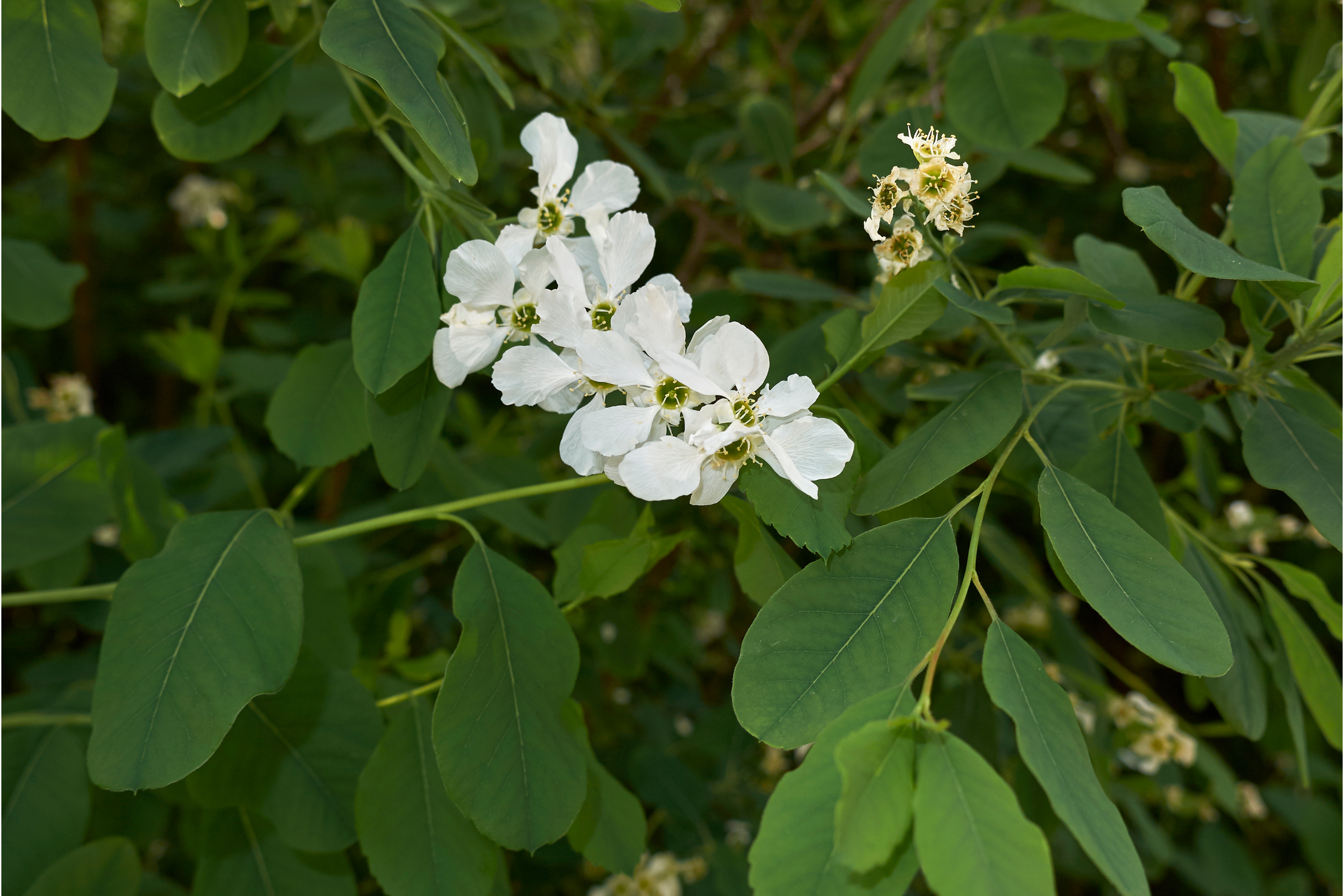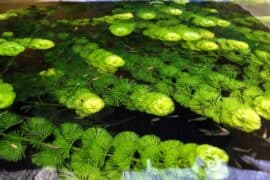Pearlbush
(Exochorda racemosa)

Description
Exochorda racemosa, pearlbush or common pearlbush, is a species of plant in the rose family. This species is mostly found in China and Japan. Exochorda racemosa was first described by John Lindley. It is placed in the genus Exochorda and family Rosaceae, the rose family. The plant gets its common name, "common pearlbush", from its pearl-looking flowers. A loose, irregular or vase-shaped and upright shrub, this species is deciduous. It has oblong leaves, about 4–6 cm (1.6–2.4 in) long and 1–2 cm (0.39–0.79 in) wide, that are rounded and toothed at the margin on the top. The flowers are white, and flower in late April to early May. The flowers have round petals, 12-25 stamens, borne in racemes in groups of about six or ten. Their diameter is 4 cm (1.6 in). Flowers give way to brown, dehiscent seed capsules. Exochorda is a small genus of flowering plants in the family Rosaceae, native to China and central Asia (Turkestan). They are used as ornamental plants with the common name pearl bush, or pearlbush. Numerous species have been described on the basis of differing appearance and geographical separation, but a systematic study revealed that the different types are closely related and probably all descended from a single species that formerly had a wide distribution that has been fragmented by habitat loss. As a single species the correct name is E. racemosa. They are deciduous shrubs growing 2–4 m (7–13 ft) tall. The leaves are paddle-shaped oval, 3–9 cm (1–4 in) long, with an entire or bluntly serrated margin. The flowers are white, with five petals, produced in spring on the ends of the branches. The fruit is a dry coccetum consisting of five fused carpels, which split to release the flattened seeds. Lindley wrote in the original description of the genus "The free placentary chords external to the carpels have suggested the name of the genus." A valuable garden hybrid is known as E. × macrantha C.K.Schneid. or Exochorda 'The Bride'. Lemoine's catalog of 1904 as cited by C. K. Schneider, "We obtained this hybrid by fertilizing E. alberti with pollen from E. grandiflora. The clusters of flowers which terminate each shoot, are erect or horizontal, each one with 8 to 10 large flowers, well opened and unfolded, snow white. This new shrub has the vigorous growth of E. grandiflora. As an isolated specimen the effect is magnificent." This plant has gained the Royal Horticultural Society's Award of Garden Merit.
Taxonomic tree:







